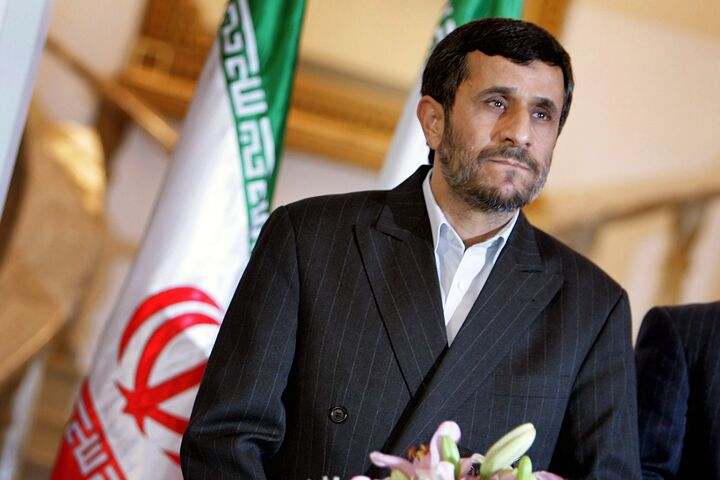
U.S. Trade Increases With Iran
Can you name the country whose trade with the United States grew tenfold since the beginning of President Bush’s administration? Is it China? India? Believe it or not, the answer is Iran. Data from the Treasury Department’s Office of Foreign Assets Control shows the U.S. sent Iran $546 million in goods from 2001 through 2007. That includes approximately $146 million in goods last year, compared to a miniscule $8.3 million back in 2001 (Associated Press, July 8).
In the world of global trade, $146 million is still a comparative pittance, and much of the trade is in goods aimed at benefiting the people of Iran (as opposed to the government), including medicine, cosmetics, art, musical instruments and fur clothing. Still, this trend is an indicator of how ineffective Iran’s biggest opponent is in isolating it.
It is also a good indicator that sanctions will never convince Tehran to peacefully give up its nuclear weapons program. Not even America is wholeheartedly trying to stop this leader of the “axis of evil.” If you are trying to convince other nations to desist from forming mutually beneficial trading partnerships with a dangerous nation, trading with it yourself tends to handicap your efforts.
Although much of the trade is for the people of Iran, there is also trade occurring that directly benefits the government.
For example, according to the Associated Press, government documents indicate that over $100,000 worth of military rifles and $8,760 in rifle parts and accessories were sold to Iran in 2004. Although these numbers are, again, comparatively miniscule, old military surplus can oftentimes be sold for pennies on the dollar. Last year, for example, the federal government seized four F-14 fighter jets sold to domestic buyers for only $2,000 to $4,000 each. When F-14s were brand-new, they cost the military approximately $38 million per jet. So it could be, for that tiny $100,000 figure, Iran got the most bang for its buck, literally.
Treasury Department officials are investigating and say it is possible the military equipment sales to Iran were bookkeeping errors. But earlier this year, President Bush was prompted to sign legislation prohibiting the military from selling leftover F-14 parts, the result of media exposure of the Pentagon selling Tomcat and other aircraft and missile components to both Iran and China. Just last week, two men were indicted in Florida on suspicion of selling U.S. military attack helicopter parts to Iran.
If the U.S. government can’t even prevent Americans from trading with Iran, the chance that Washington can push through effective international sanctions, or that those sanctions will work, is too slim to reasonably expect Iran will give up its still-chugging nuclear weapons program. The U.S. has used sanctions off and on against Iran for almost 30 years.
For information on why sanctions will not work, read “What You Don’t Know About Diplomacy” and “The Chamberlain Style of Diplomacy.” For information on how Iran eventually will be stopped, read the booklets History and Prophecy of the Middle East and The King of the South.
